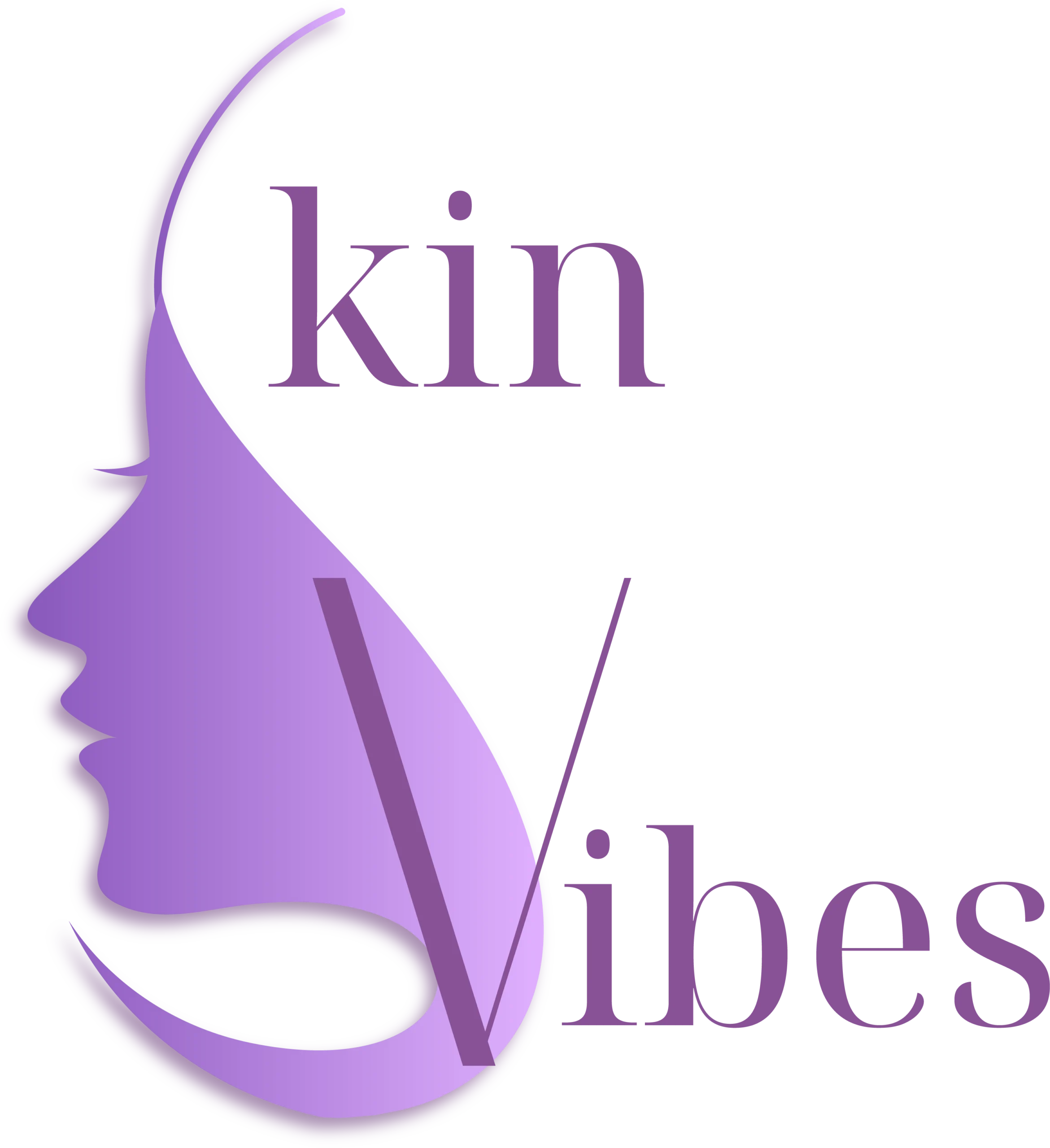Our appearance is vital in how we perceive ourselves and interact with the world. The signs of aging, such as fine lines and wrinkles, can impact our confidence and self-esteem. Fortunately, advancements in cosmetic treatments have made it easier than ever to maintain a youthful look. Among these innovations, Botox has emerged as a highly popular non-surgical option for reducing wrinkles and restoring smooth skin.
According to global statistics, over 6.2 million Botox procedures are performed annually, making it one of the most sought-after cosmetic treatments. Its popularity is rising in India, with more individuals opting for Botox to address fine lines, crow’s feet, and other facial concerns.
Dr. Viral Desai, founder of Skin Vibes Clinic, a world-class Skin Clinic in Santacruz, explains:
“Botox works by relaxing the targeted muscles, preventing wrinkles from deepening. It’s a quick, minimally invasive treatment with noticeable results. However, temporary side effects, such as mild swelling, can occur in some patients.”
This blog explores one of the common post-Botox concerns—swollen eyelids after Botox—covering its causes, effective solutions, and when to seek professional help.
Experiencing discomfort or having concerns about the healing process? Visit a seasoned skin specialist to ensure proper care. Book an appointment now!
Swollen Eyelids After Botox - Causes
While Botox is generally safe, some individuals may experience swelling around the eyes after treatment. Several factors contribute to this reaction:

Fluid Retention – Some individuals naturally retain more fluid in the facial area, leading to puffiness, especially around the delicate eyelid skin.
Improper Injection Technique – If Botox spreads beyond the intended area, it may interfere with lymphatic drainage, leading to swollen eyes after Botox.
Allergic Response – Though rare, an allergic reaction to Botox or an ingredient in the formulation can cause excessive swelling and discomfort.
Post-Treatment Inflammation – Minor inflammation is a natural part of the healing process, but excessive rubbing or irritation can worsen swelling.
Dr. Viral Desai, a highly-skilled Skin Specialist in Santacruz, states:
“Swelling after Botox typically resolves within a couple of days to a week. However, factors such as individual healing rates, fluid retention, and post-care measures play a role. Most patients see a significant reduction in swelling 5 days after Botox.”
Noticing unusual swelling after Botox? Consult a qualified skin doctor for expert advice and tailored solutions.
Worried about lingering puffiness? Let’s explore practical ways to minimize swelling and speed up recovery.
Tips to Reduce Swelling After Botox
Reducing swelling requires a combination of care and patience. Here are some effective strategies:

Stay Hydrated: Drinking plenty of water helps flush out excess fluids and toxins, reducing puffiness. Proper hydration also supports faster healing.
Elevate Your Head While Sleeping: Keeping your head slightly elevated with an extra pillow minimizes fluid buildup around the eyes. This simple adjustment can significantly reduce morning puffiness.
Avoid Excessive Salt & Alcohol: Consuming too much sodium or alcohol can lead to fluid retention, making swelling worse. Opt for a balanced diet rich in hydrating foods.
Limit Strenuous Activities: High-intensity workouts can increase blood circulation, potentially worsening swelling. Light activities like walking are preferable in the first 24–48 hours post-treatment.
Gentle Massage (if advised by your doctor): In some cases, a light massage can help promote lymphatic drainage, reducing puffiness. However, you should only do this under professional guidance.
Use Prescribed Topical Creams: Some dermatologists recommend anti-inflammatory creams to accelerate healing and reduce localized swelling. Always follow your doctor’s instructions when using these products.
Still concerned? Let’s discuss when it’s necessary to seek medical attention.
When to Consult Your Surgeon
While mild swelling is normal, specific symptoms indicate the need for professional evaluation:
- Persistent swelling lasting more than two weeks
- Severe redness or warmth around the injection site
- Pain that worsens over time
- Vision changes or drooping eyelids
- Hard lumps or nodules forming at the treatment site
- Signs of infection, such as pus or fever

Mumbai’s celebrity skin and hair specialist, Dr. Viral Desai, cautions:
“Ignoring prolonged swelling or associated symptoms can lead to complications. Persistent puffiness might indicate an adverse reaction requiring intervention. If you notice any concerning signs, seek professional medical advice promptly.”
Conclusion
Botox remains one of the most effective anti-aging treatments, but minor side effects like swelling can sometimes occur. Fortunately, with proper aftercare and patience, most individuals experience a smooth recovery and satisfactory results.
Dr. Viral Desai, a trusted surgeon for Blepharoplasty in Mumbai, reassures:
“Post-treatment reactions like swelling are usually temporary and manageable. Patients should remain patient, follow post-care guidelines, and consult a professional if concerns arise. We’re here to guide you through every step of your journey to looking and feeling your best.”
Concerned about swelling after Botox? A certified skin specialist can provide expert care and solutions for a comfortable recovery.
Frequently Asked Questions
Is swelling normal after Botox?
Yes, mild swelling is a common reaction to Botox injections. It typically resolves within a few days to a week. Applying cold compresses and staying hydrated can help reduce puffiness.
Can Botox cause droopy eyelids?
In rare cases, Botox may affect nearby muscles, leading to temporary eyelid drooping. This is usually due to improper placement or product migration. The condition improves as the Botox effect diminishes.
How can I reduce swelling after Botox?
To minimize swelling, avoid rubbing the treated area, stay hydrated, sleep with your head elevated, and apply cold compresses. Avoiding alcohol and salty foods also helps reduce fluid retention.
When should I worry about swelling after Botox?
If you continue experiencing puffy eyes 2 weeks after Botox treatment, or you have severe pain, redness, or vision disturbances, seek medical attention immediately.
Does Botox swelling mean an allergic reaction?
Not necessarily. Mild swelling is a normal response. However, if swelling is excessive, accompanied by difficulty breathing or rashes, it may indicate an allergic reaction, requiring immediate medical care.
Disclaimer: The information shared in this content is for educational purposes only and not for promotional use.

